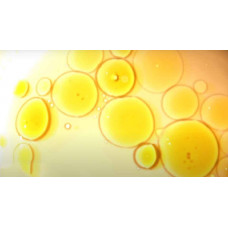Fat deposited on the inside of the fish. The degree of fatness is determined by a 5-point Prozorovsky scale, the fitness coefficient is a percentage of body weight. The most accurate method of fat determination is chemical analysis. Both the fitness and the fat content of different fish are subject to very large variations. The percentage of body fat in different fish can vary from 0.2% (haddock) to 22% (eel) and 23% (hamsa).
The fat content varies according to the age and sex of the fish. Seasonal variations in fat content are very large and are closely related to the timing of fish feeding and reproduction. The difference in fat content between similar fish species is due to the peculiarities of their lifestyles. Within the same species, there is also a direct correlation between fat content and the length of the migratory route. The difference in fat content between different populations of the same species may be related to the conditions of food security.
Fish oil is extracted from the flesh of fish. It is a relatively viscous liquid of pale yellow or reddish colour, similar in consistency to vegetable oils, but with a characteristic more or less strong fishy odour due to clupanodonic acid. The average density of fish oil is about 0.925 g/cm3. Other physical properties are similar to those of most vegetable oils.
Inner fat of fish
Tags: Inner fat of fish

